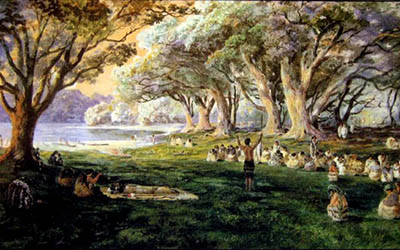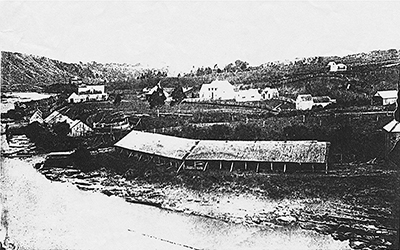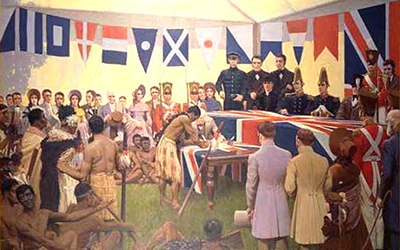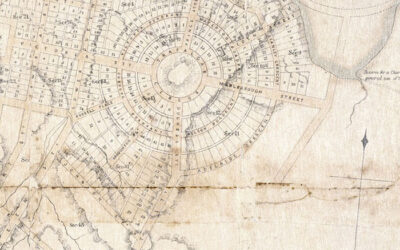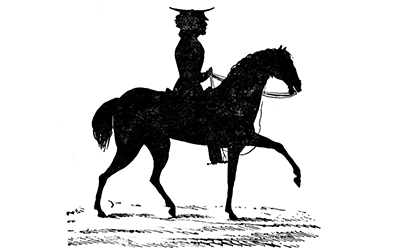Jade River: A History of the Mahurangi
Ronald H LockerFirst published 2001. Published online 2014–. This online edition is a work in progress…
Part 4 Surveys and settlement
Last rangatira of Mahurangi and his hapū
The death of the rangatira Te Hemara Tauhia in 1891 marked the end of the tribal history of Mahurangi. His birth date is unknown, but it seems likely that he was born in about 1815, and that he would have been just a lad in 1821, when Hongi Hika made…
Founder of Mahurangi tidehead town
Warkworth, Aotearoa, had its beginnings in a water-powered sawmill, the first in the Mahurangi. Its proprietor, John Anderson Brown, thus became successor in the local timber industry to his near namesake, Gordon Browne. Unlike his predecessor he was no transient; there…
Introduction to Mahurangi surveys and settlement
Rejected as the site for the capital, Mahurangi was seen as desirable for rural settlement. All the coast from Te Ārai to the Waitematā was purchased in 1841. After concessions to the local tribes, the surveys went ahead, and Mahurangi Harbour land sales began in…
Surveyor-general consulted character of the land
Ronald Locker’s dismissive description of Felton Mathew’s plan for “The Town of Auckland”, as “grandiose and impractical”, adds to the unfortunate injustice referred to by editor of the surveyor-general’s journals, Professor James Rutherford: “Since it has become…
Never-to-be-made-official surveyor-general calls
Scribblings in the diaries of missionary visitors have been presented here in full, because although brief, they are valuable records. These transients were too busy to explore or to eulogise during their brief rests at Mahurangi Harbour, in the course of long and arduous…

